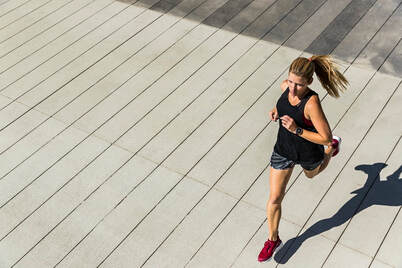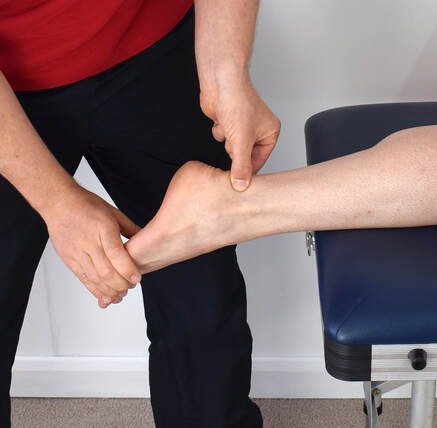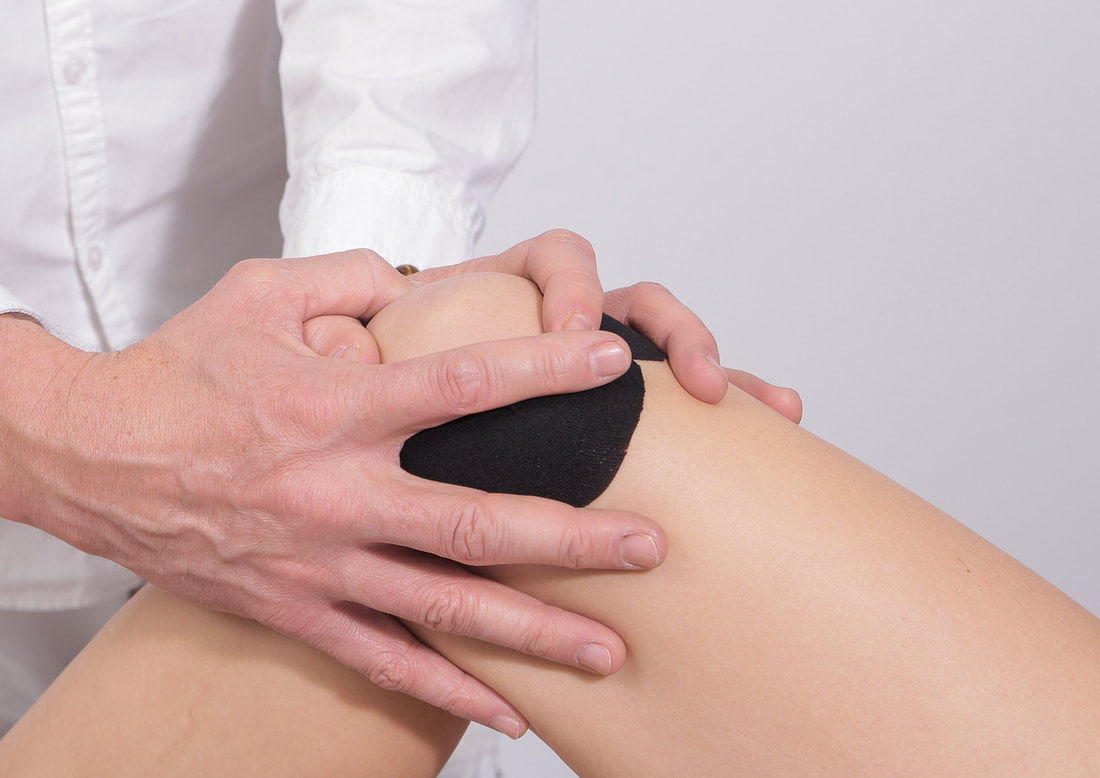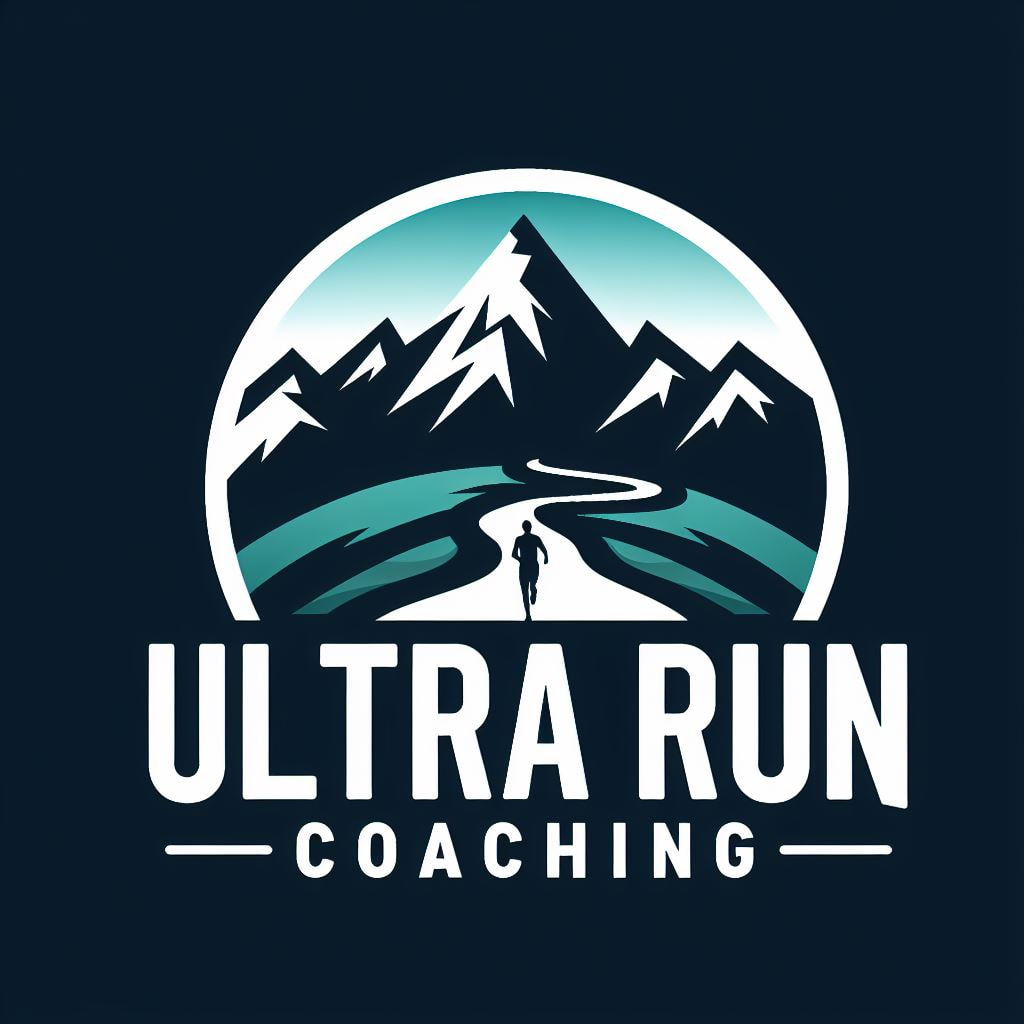|
About 50% of all runners are injured each year, and 50-75% of those injuries are classified as overuse injuries. The definition of an overuse injury is: damage to a bone, muscle, ligament, or tendon caused by repetitive submaximal stress without allowing adequate time to allow for structural adaptation to take place. Examples of overuse injuries are:
Most overuse injuries are blamed on doing "too much too soon" or "training load errors". While this makes sense at first, with further examination it becomes clear this isn't the whole picture. Let's examine "overuse" injuries common to runners like patellofemoral pain syndrome, Achilles tendonopathy, shin splints, stress fractures, and iliotibial band syndrome. These injuries often occur on only one side of the body. How can "too much too soon" be the cause of a unilateral injury when both legs were running the same miles? If running too many miles too soon was the cause of a runners Achilles tendonopathy, then both legs would be affected the same and often they are not. This means that something else is contributing to the Achilles tendonitis on the injured side. I believe that the often unidentified factor that is contributing to the overuse injury showing up on one side of the body is posture imbalance. Good posture is defined by Florence Kendall as "that state of muscular and skeletal balance which protects the supporting structures of the body against injury or progressive deformity, irrespective of the attitude (erect, lying, squatting or stooping) in which these structures are working or resting." When the bones and joints of the body are no longer held in good postural alignment, any activity from sleeping, to sitting, to standing, to running is causing increased stress and wear and tear on certain tissues of the body which will eventually lead to pain and damage. All biomechanical imbalances are caused by posture imbalances. A common posture imbalance that can cause one sided running injuries is having a slightly stronger and more stable hip compared to the other. This will cause very slight changes in stride length, stance time, and subsequent imbalanced forces on muscles and connective tissues. For instance if your right leg is slightly stronger than your left leg you will spend more time loading your right leg which could lead to patellofemoral pain syndrome on your right knee from the extra load or iliotibial band syndrome from the extra load on your right hip. In this instance you will also try to unload your weaker left hip quicker which could mean you are pushing off with your left foot harder leading to Achilles tendonitis on your left side. What about things like stress fractures? Surely they can't be from posture imbalances, right? Stress fractures, whether a metatarsal stress fracture, tibial stress fracture, or sacral stress fracture are all caused by posture imbalances. Again all of these happen on one side of the body, which by definition means they are caused by imbalances in load and movement left to right in your body. To use the same example as above; if your right leg is stronger and more stable than your left leg, this could lead to a right sided sacral stress fracture from the excessive and uneven loading. This same imbalance could also lead to a left sided tibial or metatarsal stress fracture because the instability in your left hip will lead to poor knee, ankle, and foot biomechanics which will lead to non-optimal loading of the bones in your left leg. An example of how this can happen is: if your left hip is weak this might cause your left femur to internally rotate and adduct excessively during midstance. This femur movement will cause excessive ankle/foot pronation and eversion of your foot. This biomechanical movement pattern is a recipe for tibial and/or metatarsal stress fractures along with things like meniscus tears, Achilles tendonopathy, and bunion formation. While blaming too much too soon as the cause of overuse injuries is easy, it is not the whole picture. Posture imbalances play a part in most if not all overuse injuries. Correcting your posture and muscle imbalances will improve your biomechanics which will help you prevent overuse injuries. If you are already injured, correcting your posture will help you heal faster and get back to your sport sooner. Aderem J, Louw QA. Biomechanical risk factors associated with iliotibial band syndrome in runners: a systematic review. BMC Musculoskelet Disord. 2015 Nov 16;16:356. doi: 10.1186/s12891-015-0808-7. PMID: 26573859; PMCID: PMC4647699.
Carcia CR, Martin RL, Houck J, Wukich DK: Achilles pain, stiffness, and muscle power deficits: Achilles tendinitis. J Orthop Sports Phys Ther. 2010, 40 (9): A1-26. Kendall F, McCreary E, Provance PG, Rodgers M, Romani WA. Muscle testing and function with posture and pain. Baltimore: Lippincott Williams & Wilkins; 2005. Munteanu, S.E., Barton, C.J. Lower limb biomechanics during running in individuals with achilles tendinopathy: a systematic review. J Foot Ankle Res 4, 15 (2011). https://doi.org/10.1186/1757-1146-4-15. Riedl, Marlene, et al. “Laterality of sacral stress fractures in trained endurance athletes: Are there biomechanical or orthopaedic risk factors?” Sports Orthopaedics and Traumatology, vol. 38, no. 1, Mar. 2022, pp. 36–46, https://doi.org/10.1016/j.orthtr.2021.11.011. Ryu, Ji-Seon. "Vertical ground reaction force asymmetry in prolonged running." Korean J. Sport Biomech 28 (2018): 29-35. Shen P, Mao D, Zhang C, Sun W, Song Q. Effects of running biomechanics on the occurrence of iliotibial band syndrome in male runners during an eight-week running programme-a prospective study. Sports Biomech. 2021 Aug;20(5):560-570. doi: 10.1080/14763141.2019.1584235. Epub 2019 Apr 11. PMID: 30973056. Van Ginckel, Ans, et al. “Intrinsic gait-related risk factors for achilles tendinopathy in novice runners: A prospective study.” Gait & Posture, vol. 29, no. 3, Apr. 2009, pp. 387–391, https://doi.org/10.1016/j.gaitpost.2008.10.058. Ueberschär, Olaf, et al. “Case report on lateral asymmetries in two junior elite long-distance runners during a high-altitude training camp.” Sports Orthopaedics and Traumatology, vol. 35, no. 4, Dec. 2019, pp. 399–406, https://doi.org/10.1016/j.orthtr.2019.06.002.
0 Comments
Leave a Reply. |
Matt'sTrail and ultra running thoughts, advice, and research. Archives
January 2024
Categories
All
|




 RSS Feed
RSS Feed